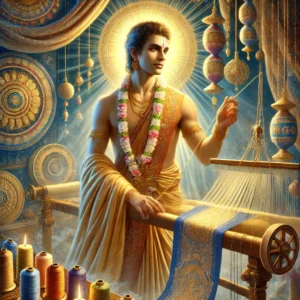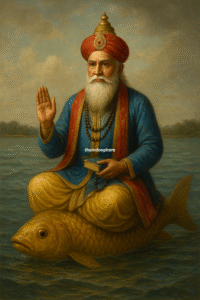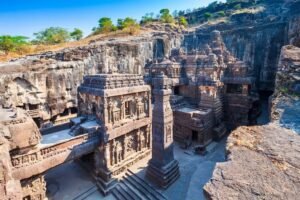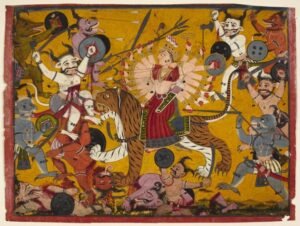Hindu mythology is filled with fascinating deities, each symbolizing different cosmic forces and aspects of life. Among them is Goddess Chhaya, the shadowy yet powerful consort of Surya Deva (the Sun God). While she is often overshadowed by Surya’s primary wife, Sangya (Saranyu), Chhaya holds immense significance in Hindu lore, representing devotion, endurance, and the duality of existence—light and shadow.
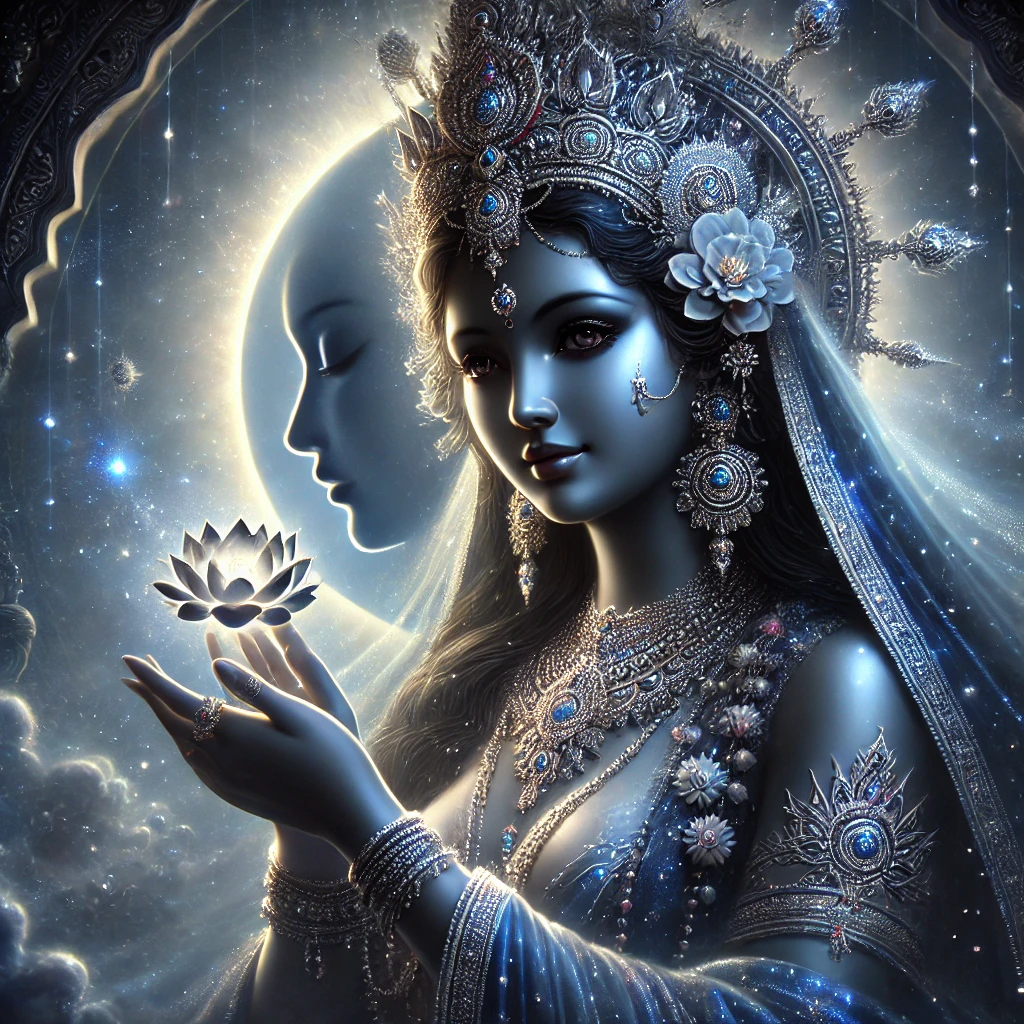
The Birth and Role of Goddess Chhaya
According to Hindu scriptures, Sangya, the original wife of Surya, found it difficult to bear his intense radiance. To escape, she created a shadowy replica of herself—Chhaya—and left her in her place while she went away to meditate. Chhaya was not just an illusion; she was an independent entity who later became a consort of Surya.
Despite being born as a shadow or reflection, Chhaya played a crucial role in Hindu cosmology. She was the mother of powerful deities, including:
- Shani Dev (Saturn) – The strict and karmic god of justice
- Tapati – The river goddess
- Savarni Manu – The eighth Manu (progenitor of humanity)
Chhaya and Shani Dev: A Complex Relationship
Goddess Chhaya is especially significant as the mother of Shani Dev, one of the most revered yet feared deities in Hinduism. Unlike his stepbrothers, who were the children of Sangya, Shani was born from Chhaya. However, his dark complexion and cold demeanor led Surya to doubt his legitimacy. This misunderstanding resulted in a strained relationship between father and son. Shani, influenced by his mother’s unwavering devotion and resilience, grew into a powerful and just deity, overseeing karma and justice.
Mentions of Goddess Chhaya in Hindu Scriptures
Goddess Chhaya finds mention in various Hindu texts, including the Puranas, which detail the stories of gods, goddesses, and cosmic events. Some of the key texts that mention her include:
1. The Vishnu Purana
The Vishnu Purana describes the story of how Sangya, the wife of Surya, was unable to endure his intense radiance. She created Chhaya as her shadow double and left her to take care of her household duties while she went away to meditate. The Purana further details how Chhaya gave birth to three significant figures: Shani Dev (Saturn), Tapati (a river goddess), and Savarni Manu (the eighth Manu).
2. The Markandeya Purana
This text also recounts the story of Sangya’s departure and Chhaya’s role as a surrogate wife. It emphasizes how Chhaya was initially devoted but later became stricter with her children than Sangya had been. This difference in treatment led to conflict, particularly between Surya and his son Shani Dev.
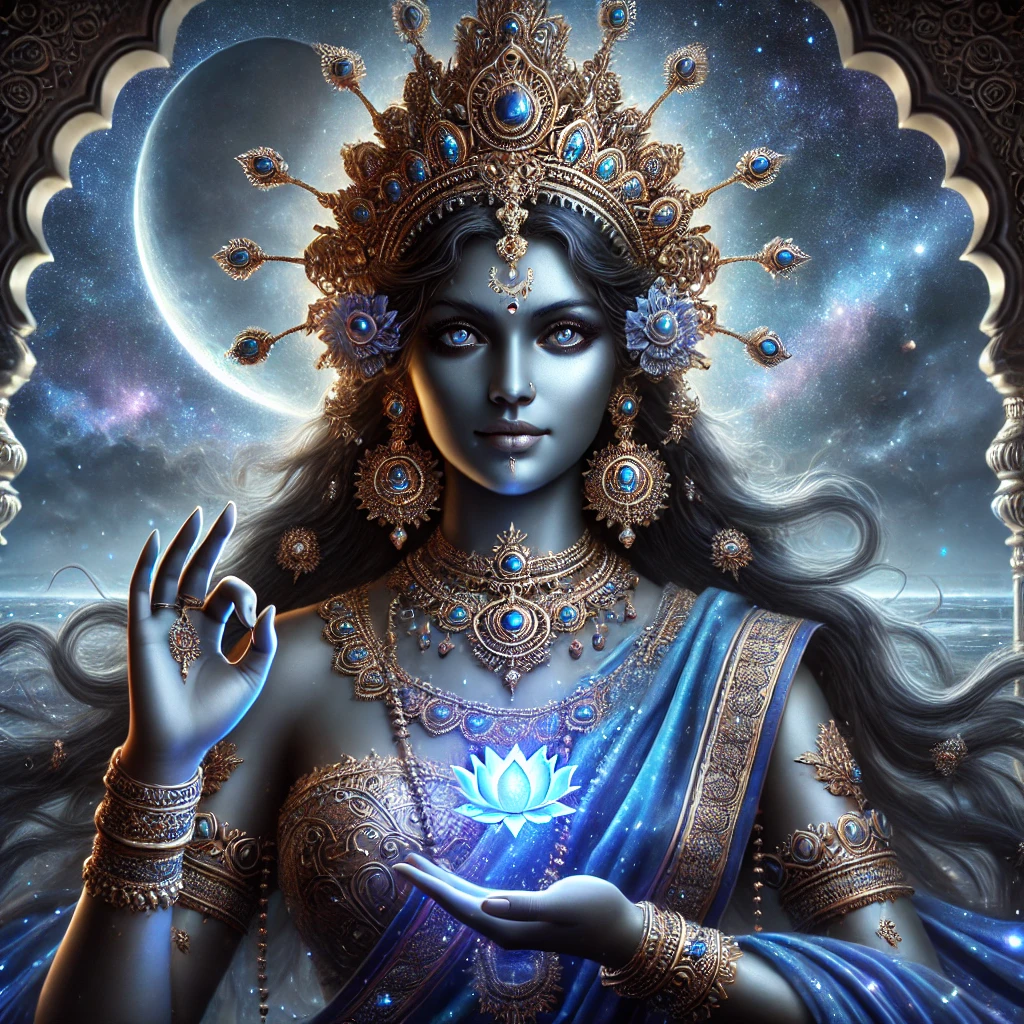
3. The Brahmanda Purana
The Brahmanda Purana expands upon the consequences of Chhaya’s presence, including the strained father-son relationship between Surya and Shani Dev. It also describes how Surya eventually discovered Chhaya’s true identity when she behaved differently toward her own children compared to Sangya’s.
4. The Devi Bhagavata Purana
While this Purana primarily focuses on goddesses, it briefly acknowledges Chhaya as an aspect of Maya (illusion) and the feminine principle of endurance.
Are There Any Temples Dedicated to Goddess Chhaya?
While Chhaya does not have a major independent temple, she is often revered in connection with Surya Deva and Shani Dev. Some of the significant places where her presence is indirectly acknowledged include:
1. Konark Sun Temple, Odisha
- This famous UNESCO World Heritage Site is dedicated to Surya Deva.
- Since Chhaya is one of Surya’s consorts, devotees indirectly offer prayers to her.
- The temple’s intricate carvings depict the stories of Surya, possibly including his family.
2. Shani Shingnapur, Maharashtra
- One of the most famous temples dedicated to Shani Dev, Chhaya’s son.
- Though the temple primarily honors Shani, some devotees acknowledge Chhaya as his divine mother.
- The belief is that worshiping Shani here also pleases his mother, as maternal blessings are crucial in Hindu traditions.
3. Surya Temples Across India
- In temples dedicated to Surya, like the ones in Modhera (Gujarat), Martand (Kashmir), and Suryanar Kovil (Tamil Nadu), Chhaya is sometimes mentioned in prayers or scriptures.
- She is not actively worshipped as a main deity but is recognized in connection with Surya.
What Does Hindu Literature Say About Chhaya’s Symbolism?
Chhaya is not just a shadow figure but a representation of patience, endurance, and the inevitability of darkness in life. Hindu philosophy teaches that:
- Chhaya symbolizes Maya (illusion): She was created as an illusion but became real, showing how the physical world operates through shadows and reflections.
- She represents the balance of opposites: Light cannot exist without darkness. Chhaya, as the shadow counterpart to Sangya, highlights the duality of existence.
- She embodies maternal resilience: Despite being a surrogate wife, Chhaya raised her children with dedication, especially Shani Dev, who later became a great cosmic force.
- Symbol of Shadow and Devotion: Chhaya represents the shadow aspect of existence—an inevitable part of life. She embodies patience, sacrifice, and unwavering loyalty. Her presence in Hinduism signifies that light cannot exist without shadow, and both are essential for balance in the universe.
Worship and Relevance
While Chhaya does not have a widely recognized independent cult, she is honored indirectly through the worship of Shani Dev and Surya Deva. Devotees seeking relief from Saturn’s adverse effects in astrology often invoke Chhaya’s grace, as she is seen as a compassionate mother figure.
Goddess Chhaya, though lesser-known, holds great importance in Hindu mythology. She is mentioned in various Puranas, primarily as a consort of Surya Deva and the mother of Shani Dev. While she does not have independent temples, she is revered through Shani and Surya worship. Her story teaches valuable lessons about endurance, devotion, and the importance of both light and shadow in maintaining cosmic balance.

